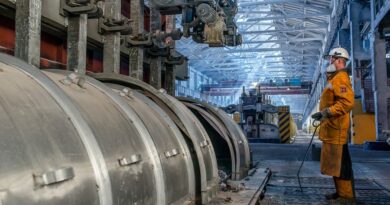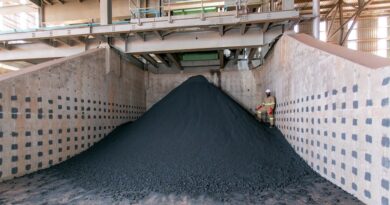Tin on the rise as it moves to hydrogen economy
Tin doesn’t usually get the same attention as other metals, but the soft metal has muscled its way into the spotlight with a more than 20% gain in 2020. Tin has also continued its rapid rise since the start of 2021, with this month recording the largest rise in prices in a single month in the last decade. The metal remains in high demand, with no signs of slowing.
Mine output was under pressure from environmental curbs in China and coronavirus restrictions in Indonesia, with political ructions in Myanmar threatening a third front of supply disruptions.
But the supply side is improving slightly. 4,395 tonnes have left Indonesia so far this month, already an improvement on January. LME warehouses are looking slightly healthier thanks to 865 tonnes that made its way in over the last two weeks.
As a result, the cash-to-3M backwardation has reduced to just under $2,000/tonne. The market remains tight, but better supplied than in previous weeks. That’s all unfolding amid an electronics boom that’s lifting demand.
Hydrogen is increasingly being looked to as a path to a low-emission, climate-friendly future. The Hydrogen Council, for example, forecast that 20% of today’s diesel trains will be replaced by hydrogen-fuelled trains by 2030, leading to CO2 emission reductions of up to 3.2 Gt per year.
The molten tin process is just one of several options being considered for hydrogen generation, with water splitting being another low-carbon option, for which other tin technologies are in R&D.
Tin could have a further advantage in potentially being able to generate hydrogen from methane using molten tin in a mobile unit within a vehicle’s hydrogen fuel cell, especially where hydrogen fuel stations are limited. The new MIT initiative could indeed be a step forward for tin’s contribution to a sustainable hydrogen-based economy in the future.




